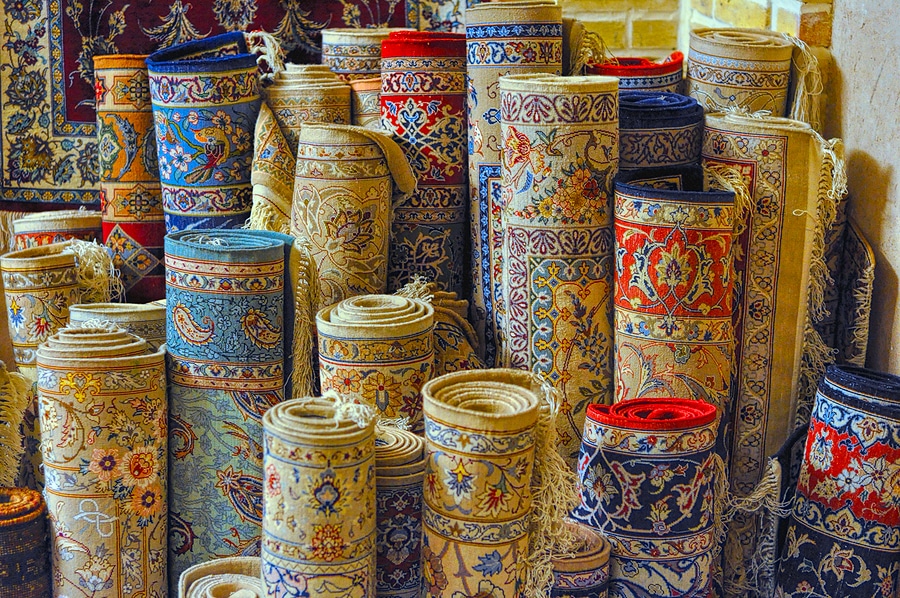How to Tell the Difference Between a Persian Rug and Oriental Rug

When it comes to understanding how to best care for the rugs in your Norfolk home, it’s helpful to know what type of rugs you own. Many people often confuse Persian rugs with Oriental rugs. This mix-up is understandable, given their stunning designs and craftsmanship. At Duke Brothers Oriental Rug Cleaning, we’re experts at rug cleaning and can help you identify the differences between these two rug types. Here’s a simple breakdown of the key similarities and differences between Persian and Oriental rugs.
Persian and Oriental Rug Similarities
Before diving into the differences, here are some similar characteristics:
- Handcraftsmanship: Both types are renowned for their meticulous hand-knotted construction. This technique ensures durability and includes intricate patterns.
- Materials: High-quality wool and silk are commonly used in both Persian and Oriental rugs, contributing to their luxurious feel and long-lasting nature.
- Design: Both rug types often feature elaborate motifs and rich color schemes. Common patterns include floral designs, geometric shapes, and medallions.
Key Differences
While they share many attributes, distinct features set Persian rugs apart from other Oriental rugs:
1. Origin and Geography
Persian Rugs are specifically made in Iran (formerly Persia). Each rug often represents the unique characteristics of the region in which it was crafted. Examples include Isfahan, Tabriz, or Kashan.
Oriental Rugs, on the other hand, hail from various Asian countries, including China, India, Turkey, and Nepal. Each region brings its own cultural influences to the design.
2. Design and Patterns
Persian Rugs typically feature symmetrical, detailed designs that are often warm-toned with intricate patterns. A common feature is the use of a central medallion.
Oriental Rugs vary more widely in design due to their diverse origins. For instance, Chinese rugs might exhibit more animals and plants, while Turkish rugs often display bold, geometric designs.
3. Knotting Technique
Persian Rugs use the asymmetrical (or Persian) knot, allowing for higher knots per square inch, translating to greater detail and intricacy.
Oriental Rugs might use either symmetrical (Turkish) knots or other regional variations, which can impact the rug’s texture and density.
Trust the Professional Rug Cleaners
Whether you have a Persian rug or an Oriental rug, you can maintain its beauty with proper care. Duke Brothers Oriental Rug Cleaning specializes in rug cleaning services in Norfolk and the surrounding areas of Chesapeake, Portsmouth, Suffolk, Hampton, and Newport News. Our team of professionals understands the intricate work involved in maintaining these unique and exquisite pieces. That’s why we offer the same dedication with our rug cleaning services.
Preserve the artistry and craftsmanship of the Oriental and Persian rugs in your Norfolk area home with expert care from Duke Brothers. Contact us at (757) 780-9073 or request a free quote online today!
“Area Rug Buying Guide: 3 Key Differences Between Persian and Oriental Rugs,” ARSIN Rug Gallery, last modified August 27, 2024, accessed March 20, 2025, https://arsinruggallery.com/area-rug-buying-guide-3-key-differences-between-persian-and-oriental-rugs/.
